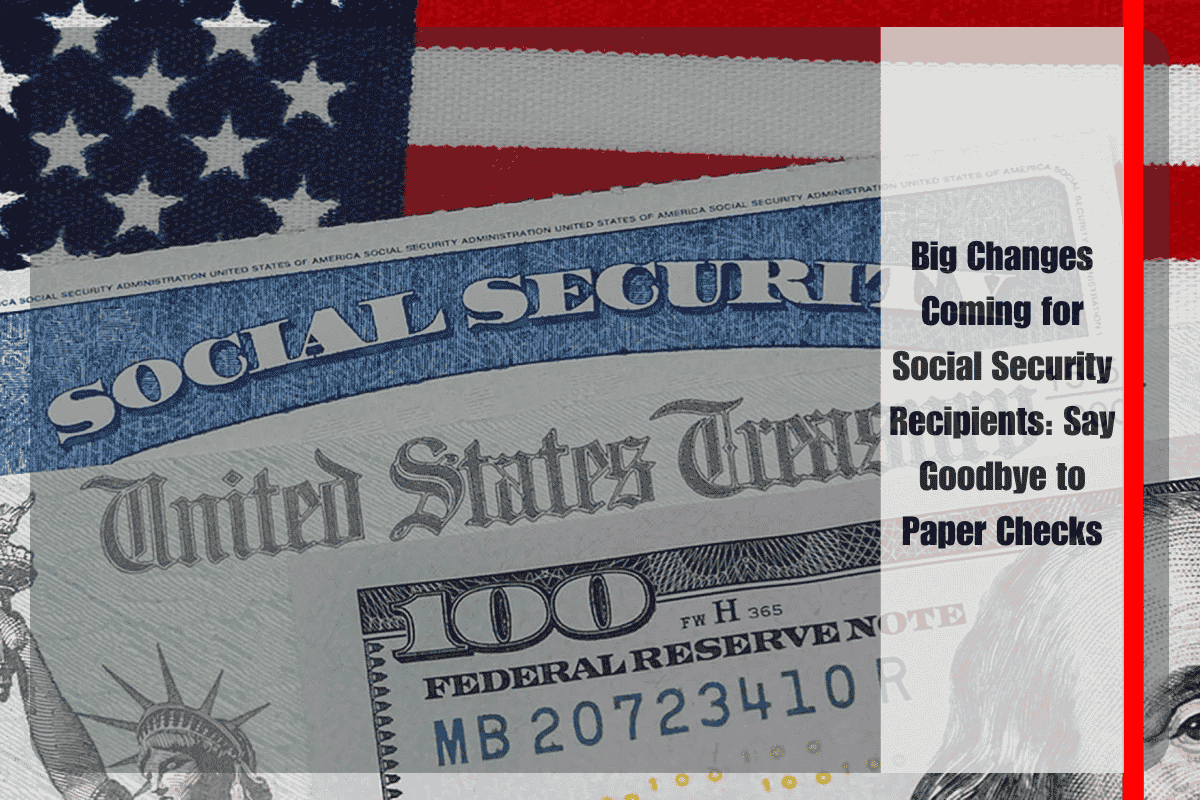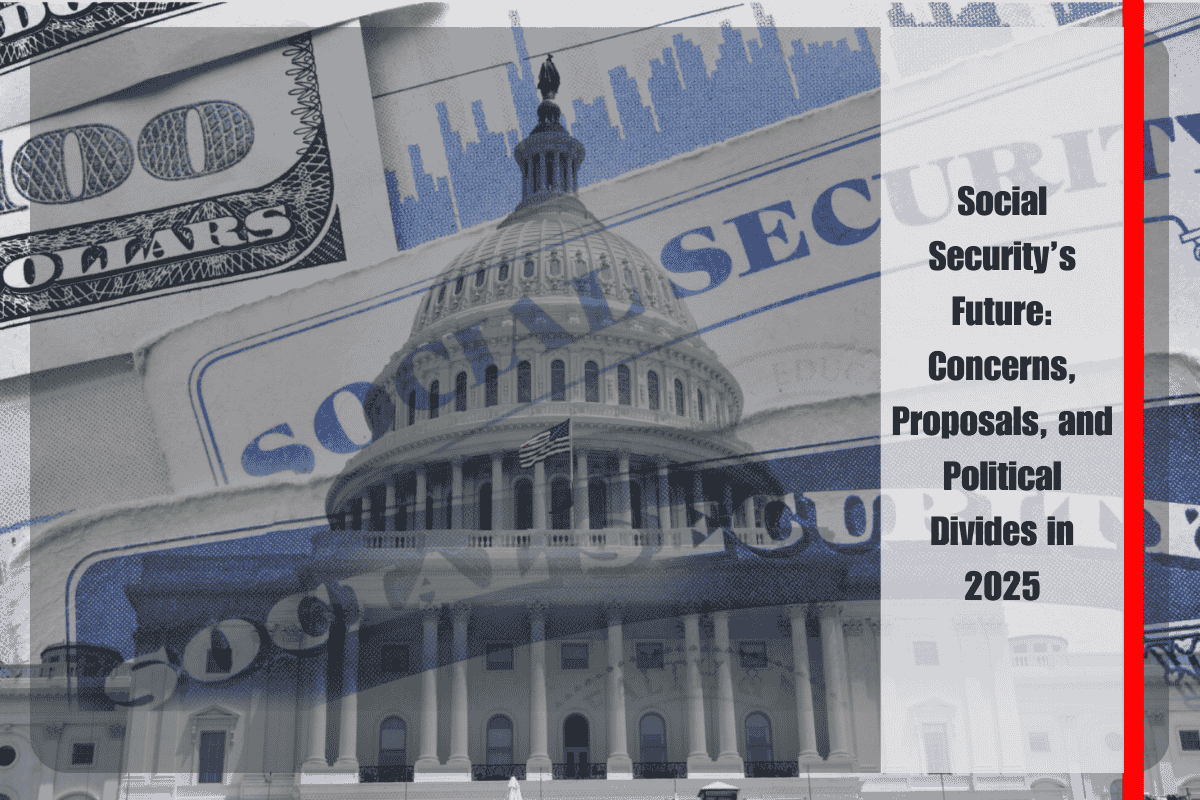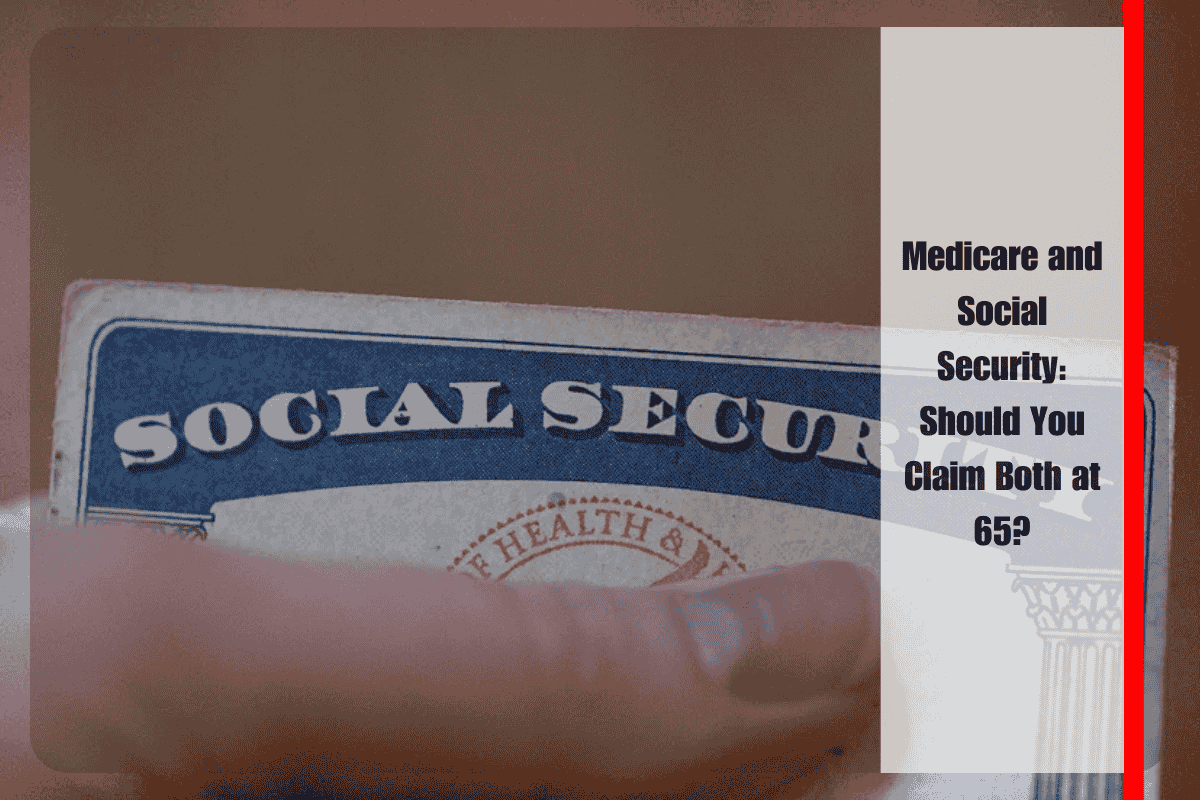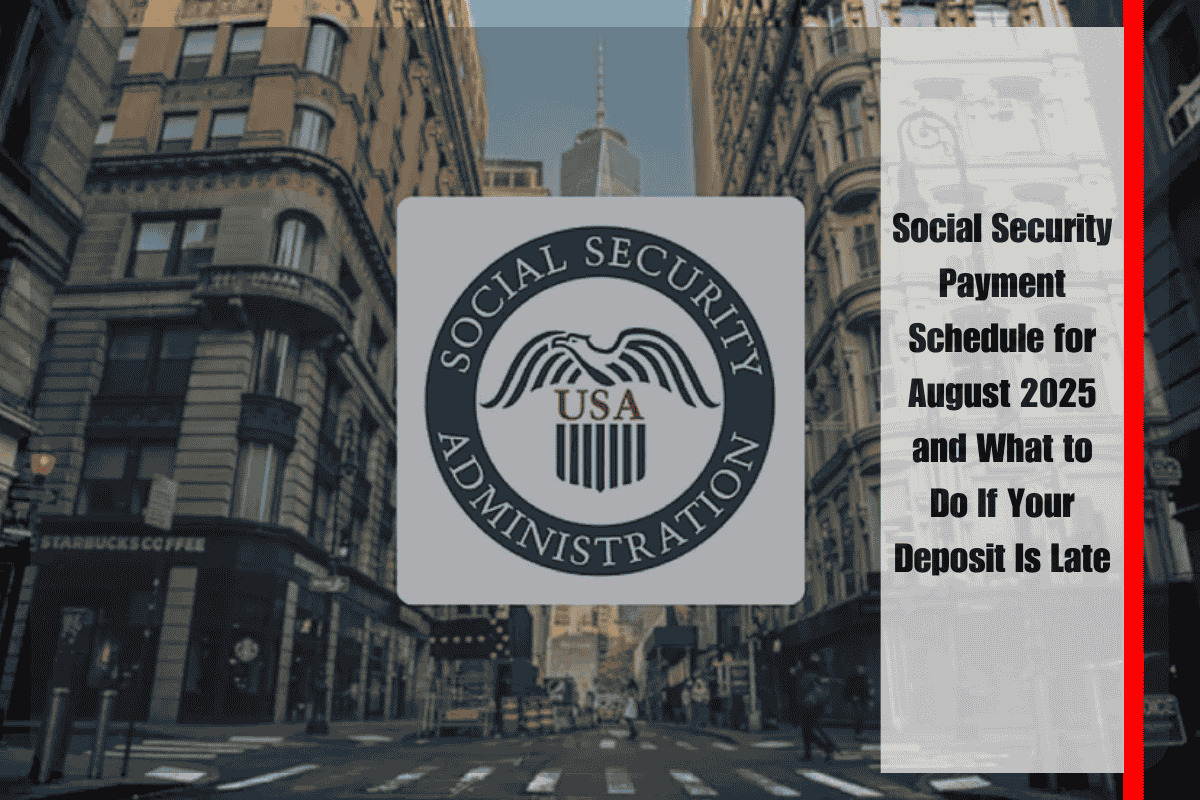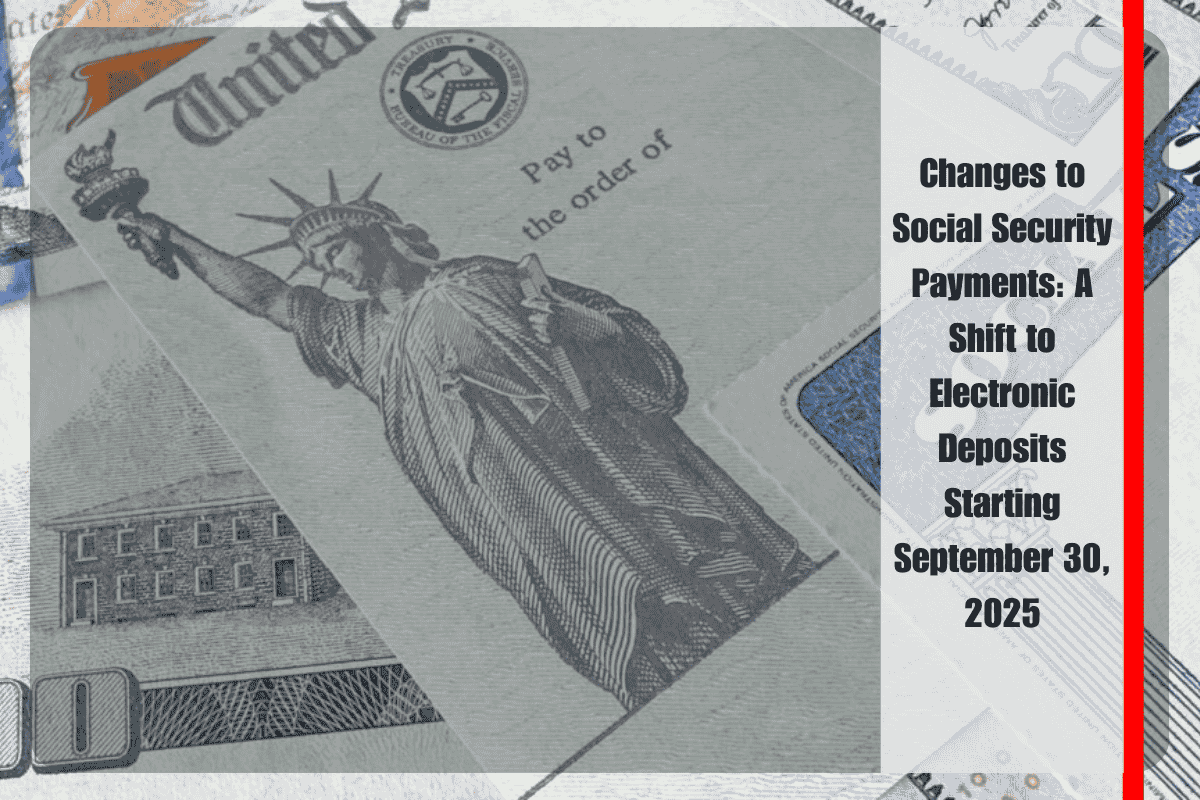Starting September 30, 2025, the Social Security Administration (SSA) will no longer send paper checks for Social Security, Supplemental Security Income (SSI), or Social Security Disability Insurance (SSDI) payments. This decision will affect nearly half a million Americans who still rely on paper checks. If you’re one of them, it’s crucial to make the switch to an electronic payment method now to avoid delays.
Why the SSA Is Switching to Digital Payments
The move to end paper checks has been in the works for years. In March 2025, President Trump signed an executive order requiring all federal payments to go digital. This update is part of a broader initiative to improve the efficiency and security of government payments. Paper checks are not only costly to process but also more prone to being lost or stolen. In contrast, digital payments ensure faster, more secure, and more cost-effective transactions. By switching to electronic payments, you’ll receive your benefits directly into your bank account or onto a government-issued debit card, ensuring timely access each month.
Who Will Be Affected by This Change?
The switch to digital payments will impact roughly 500,000 Social Security recipients who still receive their payments via paper check. If you’re one of them, it’s time to take action and transition to direct deposit or a Direct Express card before the deadline in September 2025.
How Will You Receive Payments Going Forward?
The SSA will provide two options for beneficiaries:
Direct Deposit: Payments will be directly deposited into your bank account, providing a secure and efficient method to receive your benefits each month.
Direct Express Debit Card: For individuals who don’t have a bank account, the government offers a prepaid debit card. This card is loaded monthly with your Social Security benefits and functions just like a regular debit card. You can use it for purchases, ATM withdrawals, and other transactions.
What Should You Do Now?
If you’re still receiving paper checks, now is the time to make the switch. You can sign up for direct deposit through the official website at https://godirect.gov/gpw/, where you’ll need to provide your current address and payment details. Alternatively, you can visit your local SSA office or call the SSA helpline for assistance.
If you’re unbanked and want to sign up for the Direct Express card, there are no sign-up or monthly fees, and the card is accepted like any regular debit card. However, there may be small fees for certain transactions, such as ATM withdrawals from non-Direct Express ATMs or replacing a lost card.
How to Get Help
If you need help with the transition or have questions, visit www.ssa.gov for detailed information and answers to frequently asked questions. You can also reach SSA by calling 1-800-772-1213 for assistance. TTY users can call 1-800-325-0778. Representatives are available Monday to Friday, from 8 a.m. to 7 p.m. local time.
Are There Any Fees?
While there’s no cost to sign up for either direct deposit or the Direct Express card, the latter does have some transaction fees. For example, ATM withdrawals from non-Direct Express ATMs will cost $0.90, and transferring funds to a personal bank account will incur a $1.50 fee. Replacing a lost card will cost $4, and overnight card delivery costs $13.50. Be mindful of these fees when choosing the best option for you.
Be Prepared for the Change
With the end of paper checks fast approaching, it’s important to prepare for this transition now. Switching to direct deposit or the Direct Express card will help ensure that your Social Security benefits are delivered safely and on time. This change is part of a larger effort to make federal payments more efficient, secure, and cost-effective. Don’t wait until the deadline; take action now to keep receiving your benefits without interruption.
